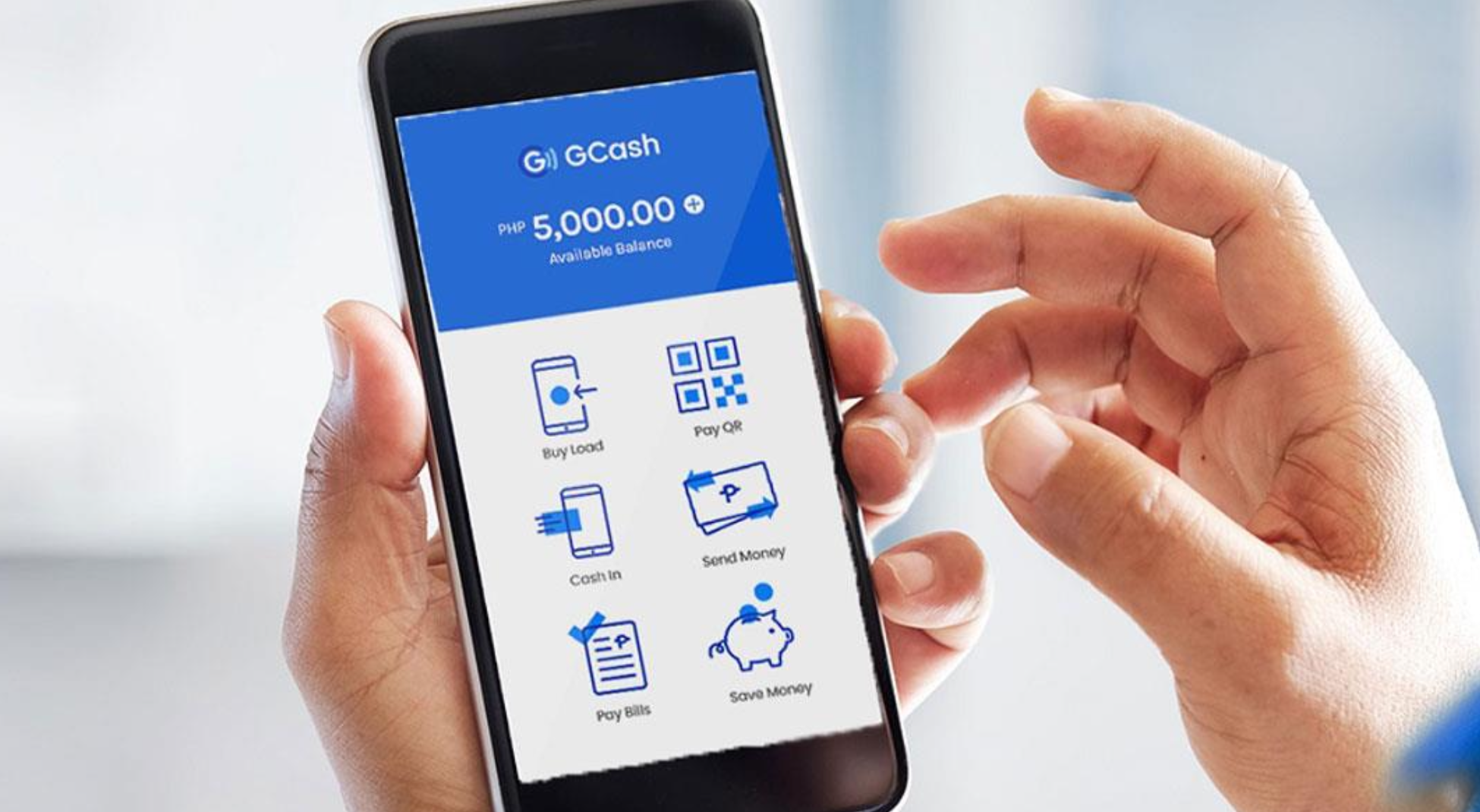
What is smart Wi-Fi?
A significant proportion of broadband complaints are due to service connection, which leads to disgruntled customers. Often, ISPs and telecoms operators focus on the fixed line, when the cause of the problem is Wi-Fi. This begs the need for smart Wi-Fi, but the question is what is smart Wi-Fi and how can you get the most out of it?
What is smart Wi-Fi?
Smart Wi-Fi refers to the use of capabilities in the Wi-Fi system that enhances the network service (reliability, availability and latency). According to Ofcom’s Telecommunications Market Data Update (Q1 2023), 66% of broadband complaints in the UK in 2022 were due to a service issue such as slow connection speeds or an intermittent or total loss of service. These types of statistics are typically seen globally. Although the fixed network can sometimes be an issue, cable/ADSL/fibre networks tend to be reliable and it is the Wi-Fi in the home that is causing the problem. There are many smart Wi-Fi options available that often neither the ISP/telco nor the consumer is taking advantage of.
STL Partners argues that smart Wi-Fi are capabilities that add value to Wi-Fi through additional services, rather than simply ensuring Wi-Fi is fit for purpose as determined by the generation of standard it is using. Innovation in Wi-Fi is organically providing benefits as new versions are rolled out, however there is always a long delay between release and adoption, as consumers do not often replace their broadband routers. Although Wi-Fi 7 is on the horizon in 2024, 42% of new devices globally were still using Wi-Fi 5 as the main standard.
Smart Wi-Fi capabilities include:
- Wi-Fi mesh: Unify multiple nodes to extend coverage without compromising speed, overcoming limitations of traditional extenders.
- Band steering: Smart Wi-Fi utilises band steering to dynamically distribute devices across different frequencies, maximising performance and minimising congestion.
- Device or traffic prioritisation: Ensures maximum connection performance for specific devices or traffic types, catering to streaming or gaming needs. Does this by prioritising traffic from specific applications, devices or classes of traffic.
- Wi-Fi motion detection: Uses baseline Wi-Fi signal readings to detect movement near IoT devices, offering security and peace-of-mind services and those supporting welfare of older or vulnerable people.
- Advanced network management: A single app that helps users set up, monitor and manage the network. Advanced systems enable more personalisation, for example adding content filters, ad-blocks or selecting devices and/or applications which receive preferential treatment.
- Security: Advanced security software to protect against viruses and phishing attacks, for example using the latest WPA3 protocols.
How can ISPs and telecoms operators integrate smart Wi-Fi in their consumer services?
ISPs and telecoms operators can use smart Wi-Fi to support upsell, loyalty and strengthen relationships or as a monetisation opportunity. It also provides an angle for the service provider to create a home tech hub: a platform from which they can take a central role in the connected home and build new services in future growth areas.
TalkTalk is an example of a service provider including a smart Wi-Fi router to enrich its top-end broadband offering. It includes eero (Amazon subsidiary) hardware and services for free in its full fibre plans, compared to the standard Wi-Fi 5 router that is offered to lower value FTTC broadband customers. Amazon eero’s consumer proposition covers smart Wi-Fi hardware in the form of eero nodes (for Wi-Fi mesh) and a premium subscription service – eero Plus – which unlocks various advanced network capabilities.
Other service providers are offering smart Wi-Fi as an add-on accessory, for example:
- A1 Bulgaria: Offers Wi-Fi mesh for its home broadband customers at a monthly rate of approximately USD 2.70 equivalent.
- BT: Sells Google Nest Wi-Fi mesh solutions as a broadband accessory.
- Cox Communications: Offers Plume SuperPods, rebranded as Panoramic Wi-Fi Pods, to eliminate Wi-Fi deadspots for customers of its Panoramic Wi-Fi service.
What are some considerations for smart Wi-Fi propositions?
Smart Wi-Fi is difficult, as it is technically complex and not well understood (or appreciated) by the customer. The average consumer cannot be expected to diagnose and solve Wi-Fi problems on their own, and therefore it is incumbent upon broadband suppliers to do it for them. Although there are standalone monetisation opportunities, telcos and service providers must consider the benefits of looking closer at Wi-Fi and its role in ensuring a satisfactory customer experience.
To take advantage of this opportunity, service providers should consider the following:
- Be proactive in communication about Wi-Fi
- Be clear in communicating the value of different Wi-Fi solutions
- Get clarity on how a B2C smart Wi-Fi proposition serves strategic priorities
- Select partnership options that support strategic priorities
- Plan for the future (in terms of device lifecycle and when customers will upgrade)
This article is based on the key findings of the STL Partners report: Creating consumer value with smart Wi-Fi.
Download this article as a PDF
Read more about consumer services
Consumer insights pack
This document will provide you with a summary of our insights from our consumer services work
What is GCash?
In this article, we explore some of the reasons why GCash has become so successful and the ongoing challenges they will face.
Augmented reality use cases: Unlocking consumer experiences
This article examines the impact of AR in two key consumer domains – live events and commerce – and judges where telcos fit in.
AI in telecoms: Where is it having an impact
AI can have tremendous impact in telecoms. We look at three use cases where AI is being used effectively in customer facing scenarios.




